
The Hidden Healing of Fig Leaves: Natural Support for Diabetes, Digestion, and More
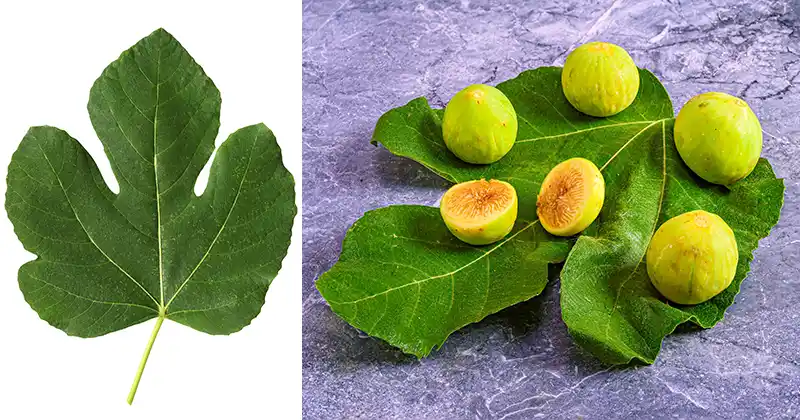
Most people are familiar with the sweet, juicy fruit of the fig tree—but only a small number truly understand the remarkable healing potential hidden in its leaves. Fig leaves (Ficus carica) have been used for centuries in Mediterranean, Middle Eastern, and Asian traditional medicine. They may look plain and simple, but these leaves are a surprisingly powerful herbal remedy with an impressive range of benefits.
From helping balance blood sugar to supporting liver function, easing inflammation, improving digestion, soothing the skin, and even calming the nervous system, fig leaves are far more than just a byproduct of a fig tree. Let’s explore what makes them so valuable, how they work, and the safest ways to use them at home.
1. Natural Support for Type 2 Diabetes & Prediabetes
One of the most well-documented traditional benefits of fig leaves is their positive effect on blood sugar management. Fig leaves contain natural compounds that appear to improve insulin sensitivity and slow glucose absorption after meals.
How it helps
-
May reduce post-meal blood sugar spikes
-
Supports better long-term glucose control
-
Helps improve the body’s response to insulin
-
Beneficial for those with type 2 diabetes, insulin resistance, or prediabetes
How to use
Drink fig leaf tea 1–2 times daily, ideally before or after meals.
You can also use powdered fig leaves in capsules or smoothies under professional guidance.
2. Supports Healthy Blood Pressure (Hypertension)
Fig leaves have mild vasodilatory effects—meaning they help relax and widen blood vessels. Combined with their strong antioxidant content, this makes them a gentle natural helper for cardiovascular health.
How it helps
-
Promotes better blood flow
-
Reduces oxidative stress on arteries
-
May help maintain healthy blood pressure levels
-
Supports overall heart function
How to use
Drink fig leaf tea regularly or sprinkle dried fig-leaf powder into meals.
Some people pair it with olive-leaf extract for additional cardiovascular support.
3. Helps Reduce Fatty Liver (NAFLD)
Traditional medicine and emerging research suggest that fig leaves may help reduce fat accumulation in the liver.
How it helps
-
Contains antioxidants that protect liver cells
-
Supports natural detoxification pathways
-
May help reduce early-stage liver fat buildup
-
Can complement other liver-supporting herbs
How to use
Drink fig leaf tea once daily.
For enhanced liver support, combine with milk thistle or dandelion root (with medical guidance).
4. Relief for Acid Reflux, GERD & Heartburn
Fig leaves contain natural mucilage—a soothing, gel-like compound that coats the digestive tract. When combined with their anti-inflammatory properties, fig leaves become an excellent remedy for digestive irritation.
How it helps
-
Calms acidity in the stomach
-
Soothes irritation in the esophagus
-
Reduces the frequency of reflux episodes
-
Acts as a gentle digestive tonic
How to use
Drink warm fig leaf tea after meals.
Many people report noticeable relief after a few days of consistent use.
5. Joint Pain, Arthritis & Inflammation Relief
Fig leaves are rich in anti-inflammatory compounds that help reduce pain and swelling.
How it helps
-
Reduces joint discomfort and stiffness
-
May help with rheumatoid arthritis and osteoarthritis
-
Supports overall inflammation balance in the body
How to use
Apply fig-leaf-infused oil directly to painful joints, or drink fig leaf tea daily for internal support.
6. Improved Sleep, Relaxation & Insomnia Support
A lesser-known but valuable benefit of fig leaves is their naturally calming effect. When brewed as tea, the leaves act as a mild sedative.
How it helps
-
Relaxes the nervous system
-
Makes falling asleep easier
-
Helps stay asleep longer
-
Useful when stress or blood-sugar swings disrupt sleep
How to use
Drink fig leaf tea 30–60 minutes before bed.
You can enhance the effect by adding chamomile or a small amount of raw honey.
7. Bloating, Gas & Digestive Discomfort
Fig leaves naturally support digestive enzyme activity and help reduce intestinal gas.
How it helps
-
Eases bloating and digestive heaviness
-
Supports nutrient absorption
-
Reduces fermentation that leads to gas
-
Helps regulate digestion after heavy meals
How to use
Consume fig leaf tea after eating.
Pairs well with fennel or peppermint for extra digestive comfort.
8. Skin Benefits: Eczema, Psoriasis & Acne
Fig leaves are traditionally used for various skin conditions because they contain antibacterial, antioxidant, and anti-inflammatory compounds.
How it helps
-
Reduces skin irritation
-
Helps calm eczema flare-ups
-
Supports healing in psoriasis
-
May help reduce acne-causing bacteria
How to use
Apply fig leaf infusion with a cotton pad or use fig-leaf-infused oil for dry patches.
Always patch-test first due to possible skin sensitivity.
9. Reduces Stress, Anxiety & Mood Imbalance
Fig leaves contain compounds that help nourish and calm the nervous system. They’ve been used traditionally as a mild natural mood stabilizer.
How it helps
-
Supports relaxation and nervous-system balance
-
Helps reduce anxiety related to inflammation or hormonal shifts
-
May promote emotional stability and a calmer mood
How to use
Drink a daily cup of fig leaf tea for ongoing support.
Combine with deep breathing or a calming evening routine for best results.
10. Supports Weight Loss & Reduces Belly Fat
Fig leaves may indirectly assist with weight management by influencing several key metabolic pathways.
How it helps
-
Helps stabilize blood sugar levels
-
Reduces bloating and promotes better digestion
-
Supports liver function, which affects metabolism
-
Helps lower inflammation, which can stall weight loss
How to use
Drink 1–2 cups of fig leaf tea per day.
Combine with healthy eating and consistent movement for best results.
How to Use Fig Leaves at Home
✅ Fig Leaf Tea
Boil 3–5 dried leaves or 1–2 tsp crushed leaves in 2–3 cups of water for 10–15 minutes.
Strain and drink up to twice daily.
✅ Fig Leaf Powder
Dry and grind the leaves.
Add to:
-
Smoothies
-
Yogurt
-
Herbal capsules
Start with ¼ teaspoon daily.
✅ Topical Use for Skin or Joints
Infuse fig leaves in olive, coconut, or jojoba oil for several weeks.
Apply to irritated skin or stiff joints.
✅ Herbal Bath
Add a handful of dried fig leaves to warm bathwater for a calming, anti-inflammatory soak.
Final Thoughts
Fig leaves are much more than a simple byproduct of the fig tree—they are a powerful natural ally for some of today’s most common health concerns. Whether you’re dealing with blood-sugar instability, digestive problems, skin irritation, chronic stress, or inflammation, fig leaves offer a gentle and traditional way to support wellness.
⚠️ Disclaimer
Fig leaves are generally safe when used properly, but they can be potent.
-
Some people may experience skin irritation or stomach upset.
-
Avoid use during pregnancy or breastfeeding.
-
If you take medication for blood sugar, blood pressure, or liver conditions, consult a healthcare professional first.
News in the same category


10 Secrets You Need to Know Before Eating Okra
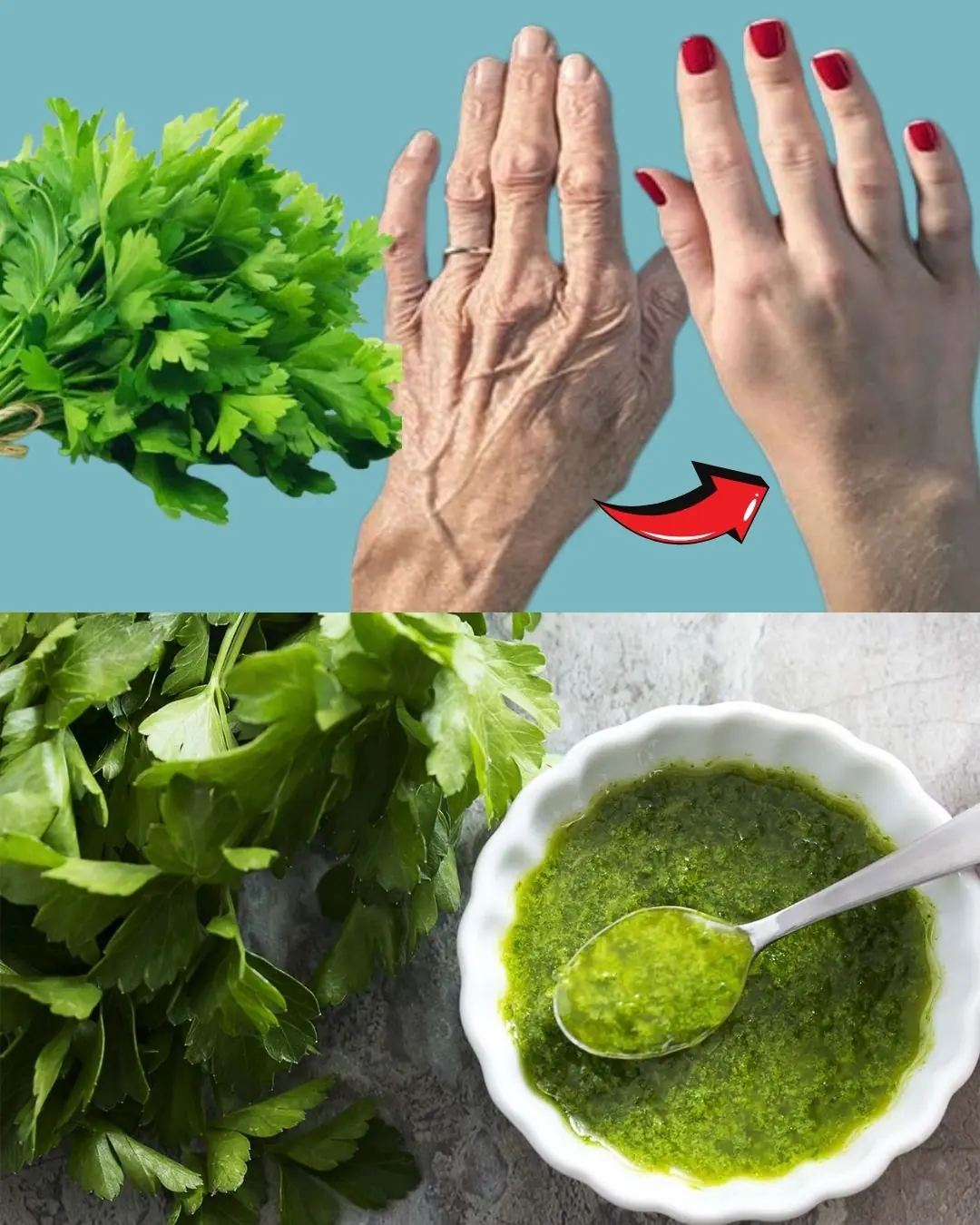
With This Cream, My Grandmother Looked 35 at 65 – The Best Collagen Mask

Mimosa Pudica Tea: How to Prepare and Health Benefits

🌿 20 Gentle Benefits of Chewing Clove Daily — The Ancient Spice for Modern Wellness

Put a Bay Leaf in Your Socks: The Surprising Pain-Relief Remedy You Need to Try

Holding Cloves in Your Mouth: A Natural Way to Relieve Toothache

7 Benefits and Uses of Castor Oil
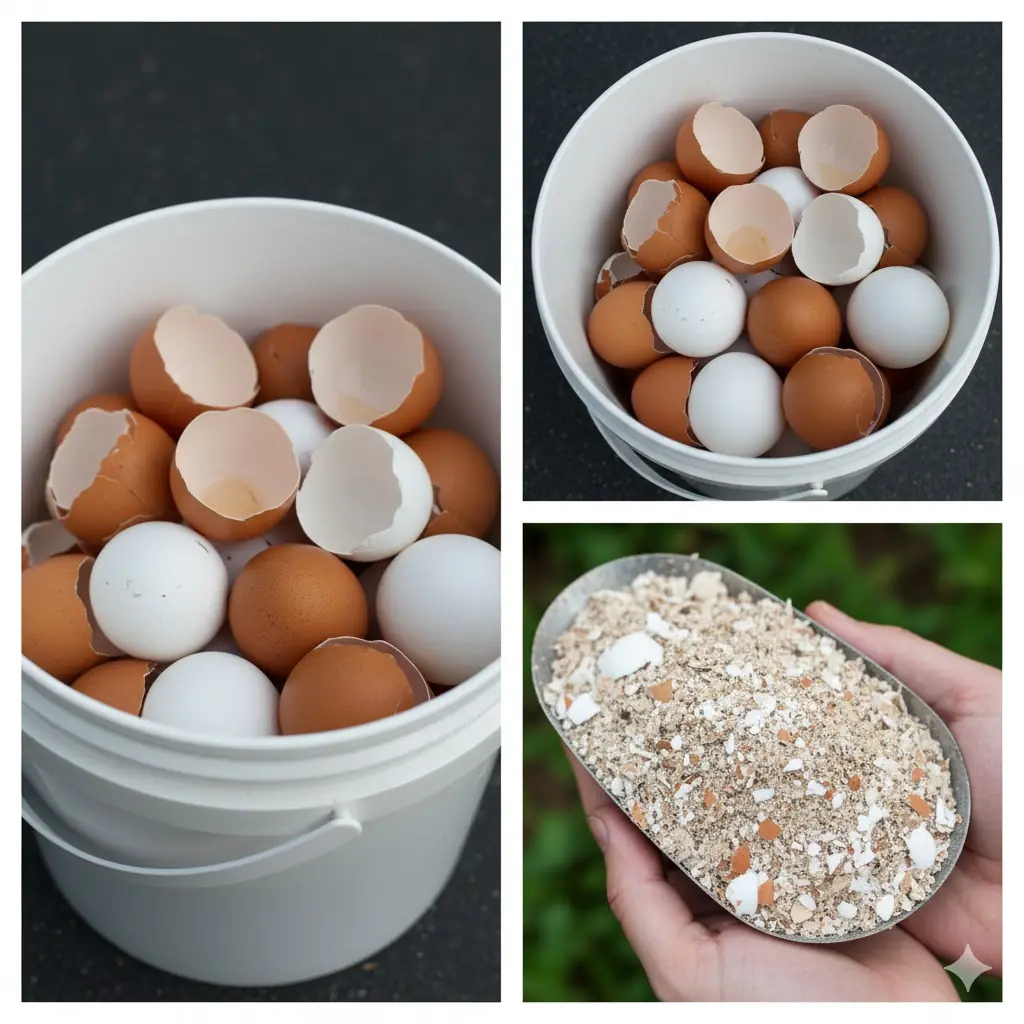
Boil eggshells and say goodbye to the …

Virginia Creeper (Parthenocissus quinquefolia): A Beautiful but Dangerous Vine

25 Incredible Benefits of Stork’s-Bill (Erodium cicutarium)

Dwarf Mallow (Malva neglecta): A Powerhouse of Health Benefits and Uses

The Hidden Power of Goosegrass

Goldenberry Power: 20 Benefits of Physalis peruviana and How to Use It at Home

Red Clover: 15 Amazing Benefits and How to Use This Healing Herb
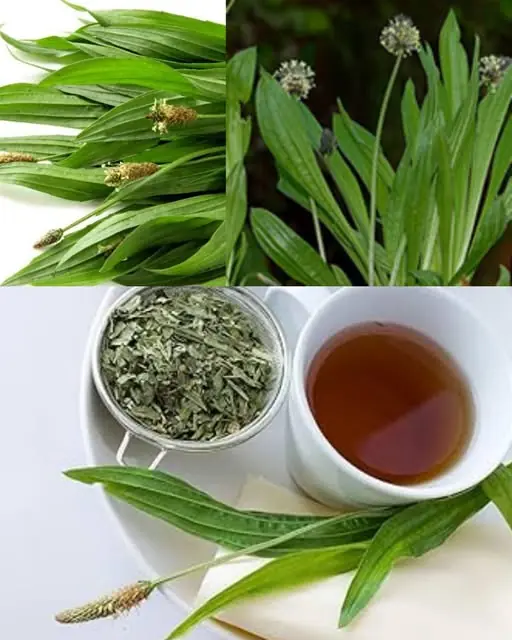
Plantago Lanceolata: The Wild Plant That Heals Almost Everything

The Hidden Power of Moringa: Benefits for Health and Vision
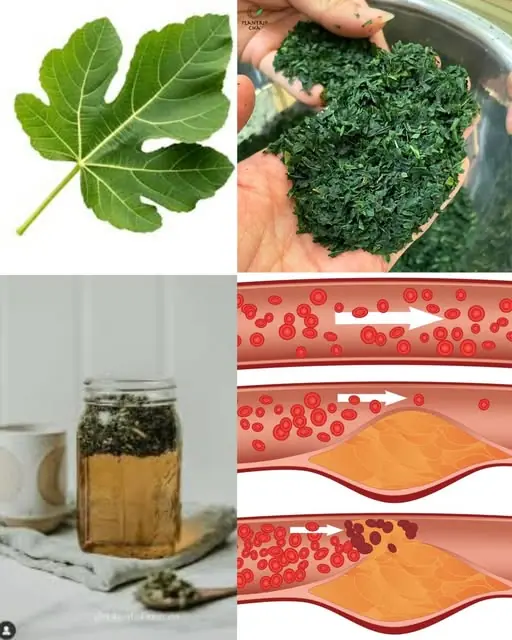
The Hidden Healing of Fig Leaves: Natural Support for Diabetes, Digestion, and More
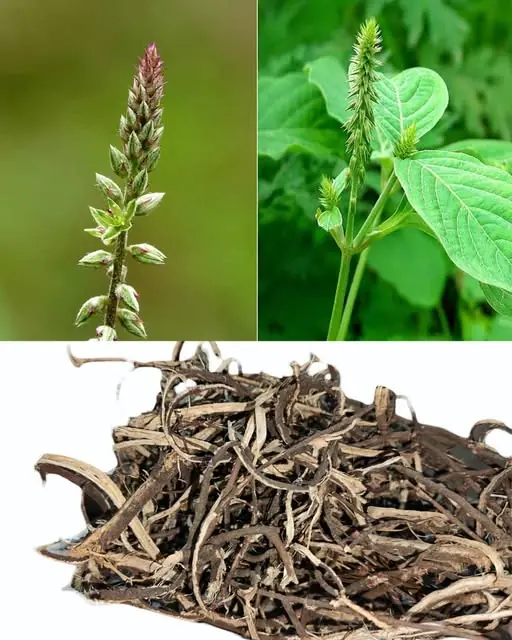
Achyranthes aspera: The Roadside Herb That Cleanses, Heals, and Protects
News Post

Strictly’s Craig Revel Horwood “stunned” after doctor’s devastating health diagnosis: “The horrible truth”

1/4 teaspoon reverses gut inflammation & cleanses liver toxins

Use This Kesh Scalp Serum Daily To Double Your Hair Growth In 1 Month

Homemade Beetroot Ice Cubes: The Best DIY Skincare Treatment for Glowing, Healthy Skin

The Ultimate 3-Step Tomato Clean-Up for Instant Glowing Skin: A DIY Guide for Radiant Skin

The Ultimate Anti-Aging Solution: How Vaseline and Baby Oil Can Transform Your Skin Overnight

20 Makeup Tips for Women Over 50 to Look Younger and More Radiant

Homemade Rice water & Methi Dana Toner for Glowing Skin

Meghan Markle’s close friend shares emotional message as she announces baby news

Lash Booster Serum To Get Thicker Beautiful Eyelashes

Rice Water for Skin | DIY Toner Benefits to Remove Dark Spots & Shrink Large Pores

The Ultimate Guide to Vaseline: 15+ Timeless Beauty Hacks for Skin, Lips & Hair

These Seeds Can Do Magic On Your Hair

Achieve Salon-Quality Keratin Treatment at Home: A DIY Guide for Smooth, Shiny Hair

Unlock Radiant, Glowing Skin: Your Guide to the 10 Best Homemade Potato Face Packs

Craig Revel Horwood sparks backlash over "harsh" comments to George Clarke following emotional Strictly performance

Vitamin D3 cuts second heart attack risk by half

‘This Is Nick’s Fault’: Nick Cannon Accused of Creating Broken Homes After His and Mariah’s Daughter Shares Raw Post About Her 10 Siblings

Everything Diane Keaton Revealed About Her Health Before Her Death At 79
